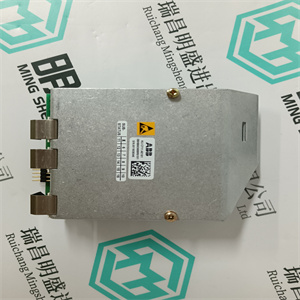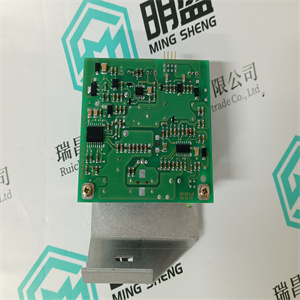产品展示
联系我们
联系人:麦女士
手机:+86 15270269218
电话:
Q Q:3136378118
邮箱:stodcdcs@gmail.com
地址:江西省九江市瑞昌市东益路23号赛湖农商城401号
3HAB
从以前的标准IEC 60439到现在的标准IEC 61439的过渡过程如下:“旧”标准60439-1将逐渐被新标准61439-1和2取代,新标准61439-1和2已经可用,但在2014年10月31日之前,电力开关设备和控制设备(也称为PSC-Assembly)仍然有效。在该日期之后,新的PSC组件只能符合新标准。标准60439-1和其他标准60439-X的有效期延长至2014年,适用于其他特殊组件(施工现场、母线槽系统、配电等)的施工,因为目前这些新标准只是设想的、计划的,但还不可用。基本标准通过确定额定特性、使用环境条件、机械和电气要求以及与性能相关的规定,确定了电气组件的施工、安全和维护要求。1990年的旧标准将组件分为两种类型,根据其完全或部分符合实验室型式试验的要求,将其定义为TTA(型式试验组件)和PTTA(部分型式试验组件)。新标准消除了这种二元论,代之以“一致性”组件的概念,即任何符合标准本身规定的设计验证的组件。为此,本标准引入了三种不同但等效的组件一致性要求验证类型;它们是:1)通过实验室测试进行验证(以前称为常规测试,现在通过测试进行验证);2) 通过计算进行验证(使用新旧算法);3) 通过满足设计规则进行验证(独立于试验的分析和考虑;通过物理/分析标准或设计推断进行验证)。使用这三种方法中的任何一种都可以保证不同的特性(温升、绝缘、腐蚀等);遵循这样或那样的方式来保证装配的一致性并不重要。由于并非总是可以从三种方法中选择一种,本标准附录D的表D.1(见下页的表)列出了每种待验证特性,可使用三种验证类型中的哪一种。
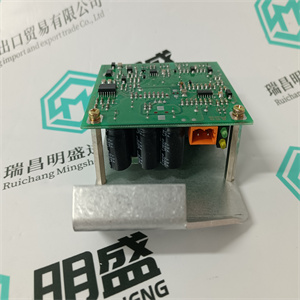
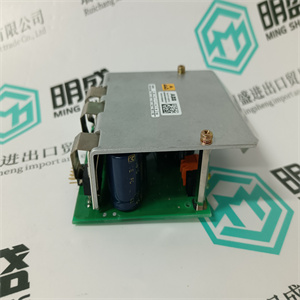
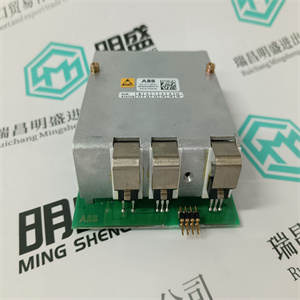
3HAB
The passage, from the previous Std. IEC 60439 to the present IEC 61439, shall occur as follows: The “old” Std. 60439-1 shall be gradually superseded by the new Standards 61439-1 and 2, which are already available, but shall remain in force up to 31st October 2014 for the Power Switchgear and Controlgear (also called PSC-ASSEMBLIES). After that date, the new PSC assemblies shall have to comply only with the new Standards. The period of validity for the Std. 60439-1 and for the other ones 60439-X extends up to 2014, for the construction of the other special assemblies (construction sites, busbar trunking systems, distribution, etc.), since for the time being these new standards are only envisaged, scheduled but non available yet. The basic Standard establishes the requirements for the construction, safety and maintenance of the electrical assemblies by identifying the rated characteristics, the service environmental conditions, the mechanical and electrical requirements and the prescriptions relevant to the performances. The former Std. dated 1990 divided the assemblies into two types, defining them TTA (type-tested assemblies) and PTTA (partially type-tested assemblies), according to their total or partial compliance with the laboratory type tests. The new Standard eliminates this dualism replacing it with the concept of “conforming” assembly, that is any assembly which complies with the design verifications prescribed by the Standard itself. To this purpose, the Standard introduces three different but equivalent types of verification of requirements of conformity for an assembly; they are: 1) verification by laboratory testing (formerly called routine tests and now veri fication by testing); 2) verification by calculation (using old and new algorithms); 3) verification by satisfying design rules (analysis and considerations which are independent from the tests; verification by physical/analytical criteria or design deductions). The different characteristics (temperature-rise, insulation, corrosion etc.) can be guaranteed by using any of these three methods; following one way or the other to guarantee the conformity of the assembly is unimportant. Since it is not always possible to choose possible one of the three methods, Table D.1 of the Annex D of the Standard (see Table on the following page) lists for each characteristic to be verified which one of the three types of verification may be used.
相关产品

